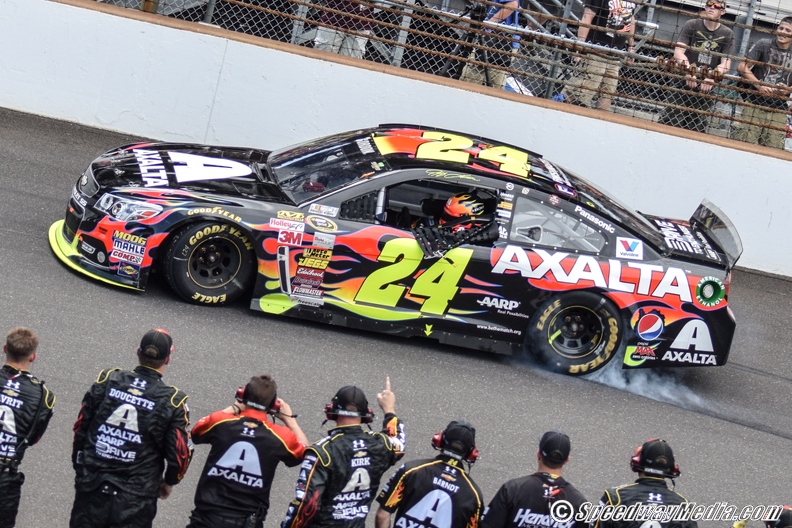Commercials go out of their way to try and convince you that there are magic polymers and miracle solutions that can keep your engine working in perfect condition or fix even the worst paint scratches. Sadly, this is quite far from the reality – the truth is that these quick-fix schemes and miracle care products won’t play any role in keeping your classic truck or car looking awesome or running well. It is regular proper care, maintenance, and servicing that your classic six-figure mileage car needs.
There’s no magic hack or miraculous product needed to keep your classic car looking and working as new. Instead, what you need is regularly scheduled routine servicing and sticking to the manufacturer’s recommended motor fluids and oil. This, combined with replacing worn-out parts like engine bolts and spark plugs, is what really makes a difference.
Here’s a look at ten maintenance tips from Whites Bodyworks you need to follow to keep your classic truck or car in tip-top condition:
1. Change The Oil: Old and low oil levels slowly destroy your car until you’re left with a piece of junk. On the other hand, changing oil and oil filter on a regular basis will keep your motor running smoothly. Oil is the life force of every truck or car, and you should always prioritize regular oil checks and change.
2. Change Differential Oil & Transmission Fluid: While you don’t need to change the transmission fluid and the differential oil frequently to keep your car running correctly, the more often you do it, the better. Always use the recommended gear oil and transmission fluid with the right viscosity.
3. Flush The Cooling System: Whether you own a classic or modern car, it’s highly recommended that you get your vehicle’s cooling system flushed at least once a year. Use a fresh 1:1 solution of distilled water and coolant to protect the system from corrosion or deposits that can hinder the flow through the cooling system.
4. Keep Your Vehicle Clean: Washing your truck or car on a regular basis gets rid of harmful impurities that slowly destroy your paint’s finish. Also, keep the undercarriage in mind. Road grime and salt easily find their way into every small gap. Regularly cleaning the undercarriage of your classic car will help keep exposed parts corrosion-free.
5. Wax On Wax Off: Wax plays a significant role in keeping the pain of any car looking it’s absolute best. That’s precisely why you should give your older classic truck or car a thorough waxing at least twice a year. And while you’re at it, make sure that you apply chrome care to help keep the chrome trim shining.
6. Protect The Interior: One of the most effective ways of protecting the leather, plastic, and vinyl in the interior of your classic car from drying out or fading is to keep your vehicle away from the sun. There are many vinyl treatments, leather creams, and UV blockers to help you preserve and protect the interior of your classic car, so make use of them.
7. Inspect Your Ball Joints: The issue of ball joints failing before their time is up is not uncommon. Regularly checking them can help ensure that they are always well-greased. Dry ball joints are bound to fail quickly, whereas properly greased joints can serve you longer.
8. Lube The Drive-Line: A majority of parts of the drive-line, such as the u-joints, need regular lubrication. Making sure that all components of the drive-line are greased well can save you money and stress if any element of the drive-line needs replacement. You may be forced to remove the driveshaft for a thorough grease fitting.
9. Pump The Brakes: Test your vehicle’s brakes now and then to make sure that they feel right, and there are no strange sounds. Also, consider bleeding your brake system once a year. Keep an eye on your classic’s brake pads and confirm that they are still in good shape and are not wearing down the rotors. Brake pads are cheap to replace, but sensors and hoses are not.
10. Replace The Vehicle’s Wheel Bearings: You must regularly check, clean, and repack the wheel bearings with the manufacturer’s recommended grease. Replacing & repacking wheel bearings might seem like a waste of time, but not only will you save a lot of money on expensive repairs down the line, but you’ll also keep your car in tip-top shape. Repacking the wheel bearings doesn’t need to be done every month; however, it should be done during your regularly scheduled service intervals.






